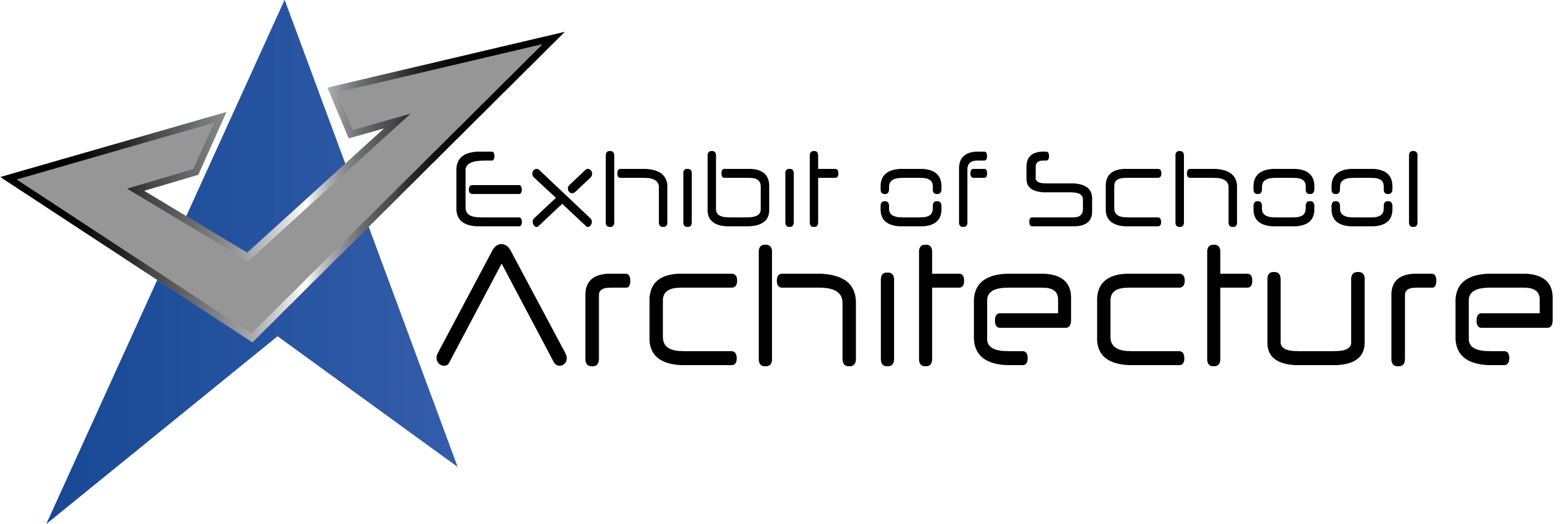Fort Bend ISD—James Patterson Elementary School
Architect: Huckabee
Located in a fast growth district, the elementary school was designed to serve a new residential development, existing nearby neighborhoods and overcrowding at other elementary schools. The community desired a modern learning environment that would sustain student growth over time. The 21st century-ready school is designed for 850 students, with expansion capabilities for 1,000. It is divided into learning pods that feature teacher workrooms and collaborative spaces.
Design
The design of the school engages with the nearby residences in a complementary manner. It blends the school with its immediate context and surroundings. This visual connection can be recognized in the school’s architecture. The learning environment uses grade-level pods – centered around collaboration spaces and teacher workrooms – to maximize peer interaction. Flexibility throughout the school allows teachers to overflow classes into collab spaces, the two-story library and learning “pockets.”
Value
The school has room to grow. Keeping up with the fast growth community, the school is designed for 850 students with expansion capacity of 1,000. A 21st century environment, the school is highly economical as a result of the compact plan. The district saved significantly with the smart design solution, allowing them to select from a series of construction alternates. The school also hosts an after-school care program which has its own entrance, parking, reception and other amenities.
Sustainability
In accordance with the district’s focus in providing education within a healthy, productive and sustainable environment, the design team was able to integrate a range of sustainable features in pursuit of LEED certification.
- Selective building orientation
- Joint use of facilities
- Water use reduction
- Natural daylighting – optimizing energy performance
- Drought resistant native planting
- Use of reclaimed water for irrigation
Community
This is truly a “community school,” paced for growth in line with the nearby neighborhoods. The school’s site is adjacent to two residential areas, linked together by well-lit sidewalks and by way of landscape reserves that access directly to the school site. In addition, the school offers and array of community spaces for after-hours access and use, providing for daytime school use and after-hours community use.
Planning
The district had goals to achieve LEED certification and for the school to influence students to become compassionate citizens and critical thinkers. Planning and design for the school operated within a multi-tiered process that included the district, city officials and community members. The process consisted of planning sessions and design charrettes where planners and designers worked collaboratively to create an effective learning environment using thoughtful and economical solutions.
 School Transformation
School Transformation
Collaboration through agility and student choice was a major feature for the new school. Students have the choice of which type of environment they work in – whether inside, outside or in large or small groups. Collaboration spaces and learning pockets throughout the school allow class to spill out of the classrooms. The library is now a focal point for the school, creating a collaborative and transparent environment.
![]() Star of Distinction Category Winner
Star of Distinction Category Winner






































